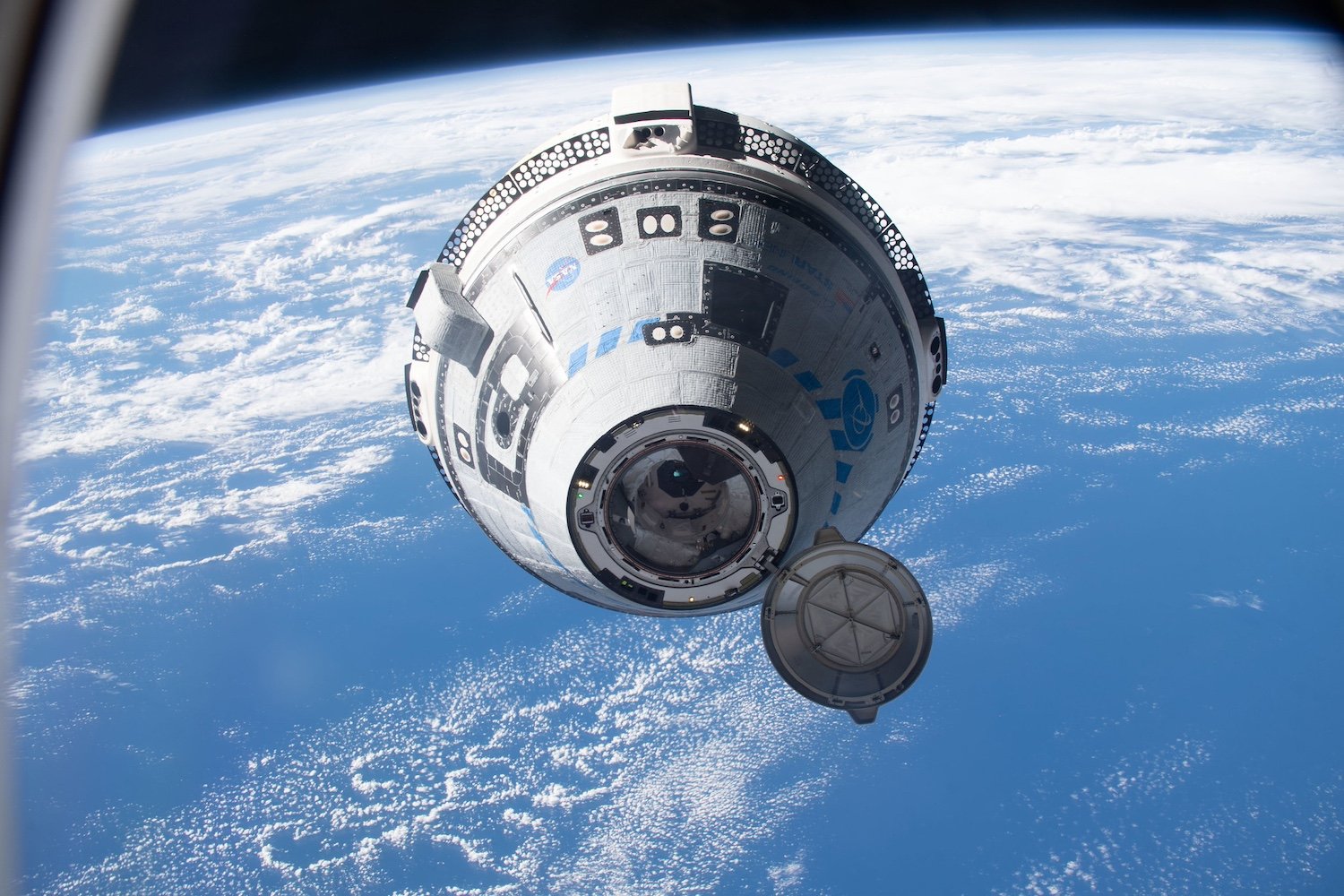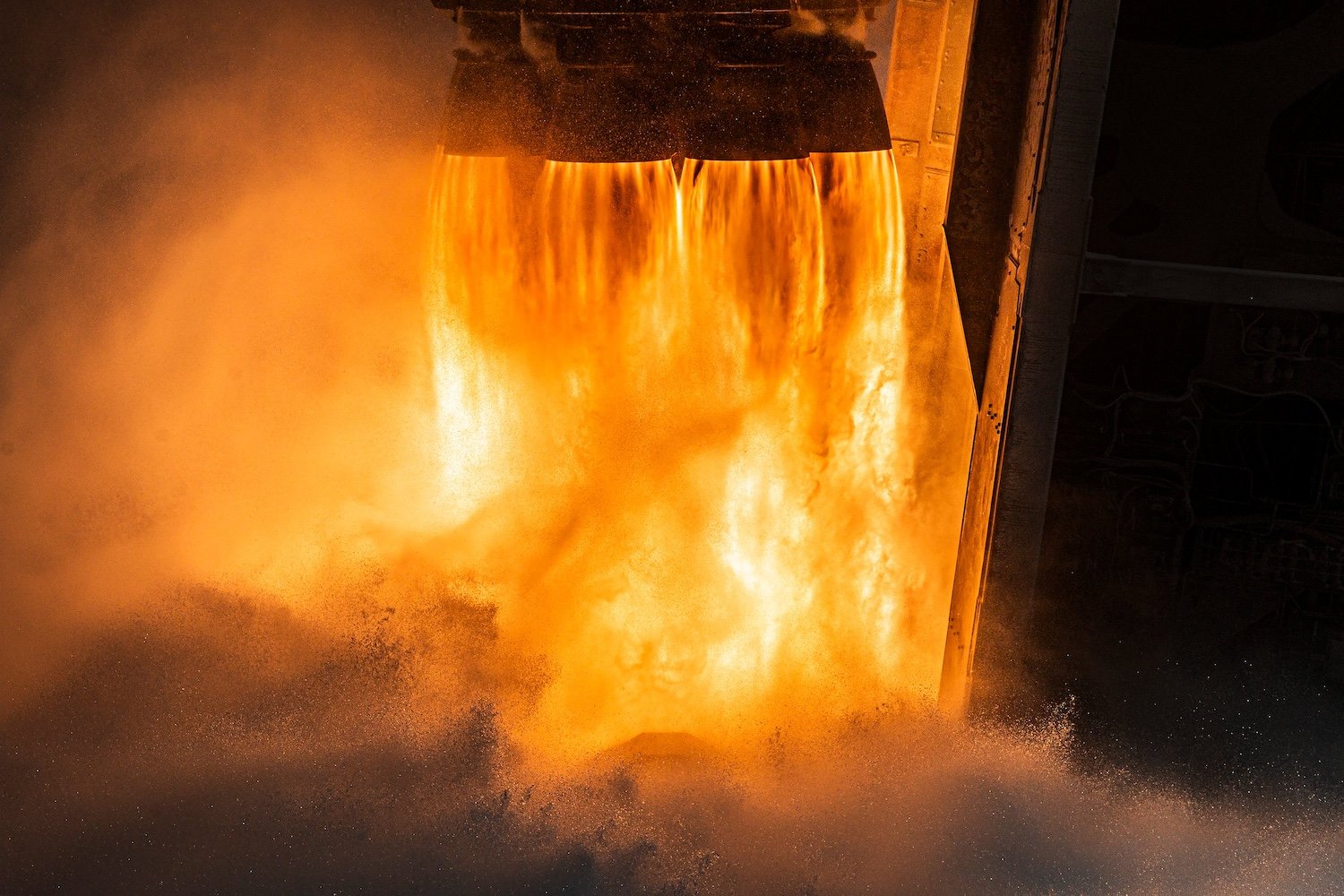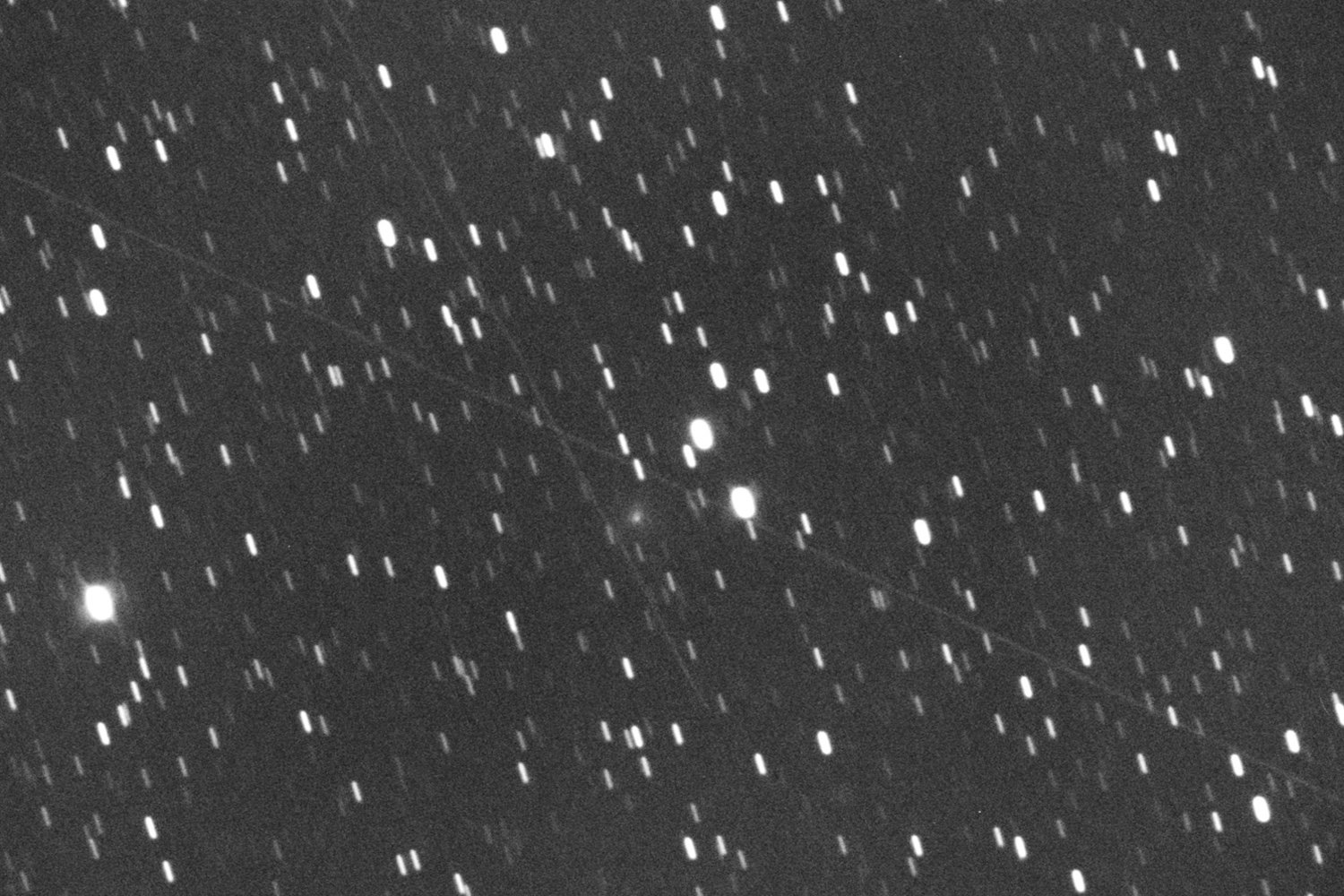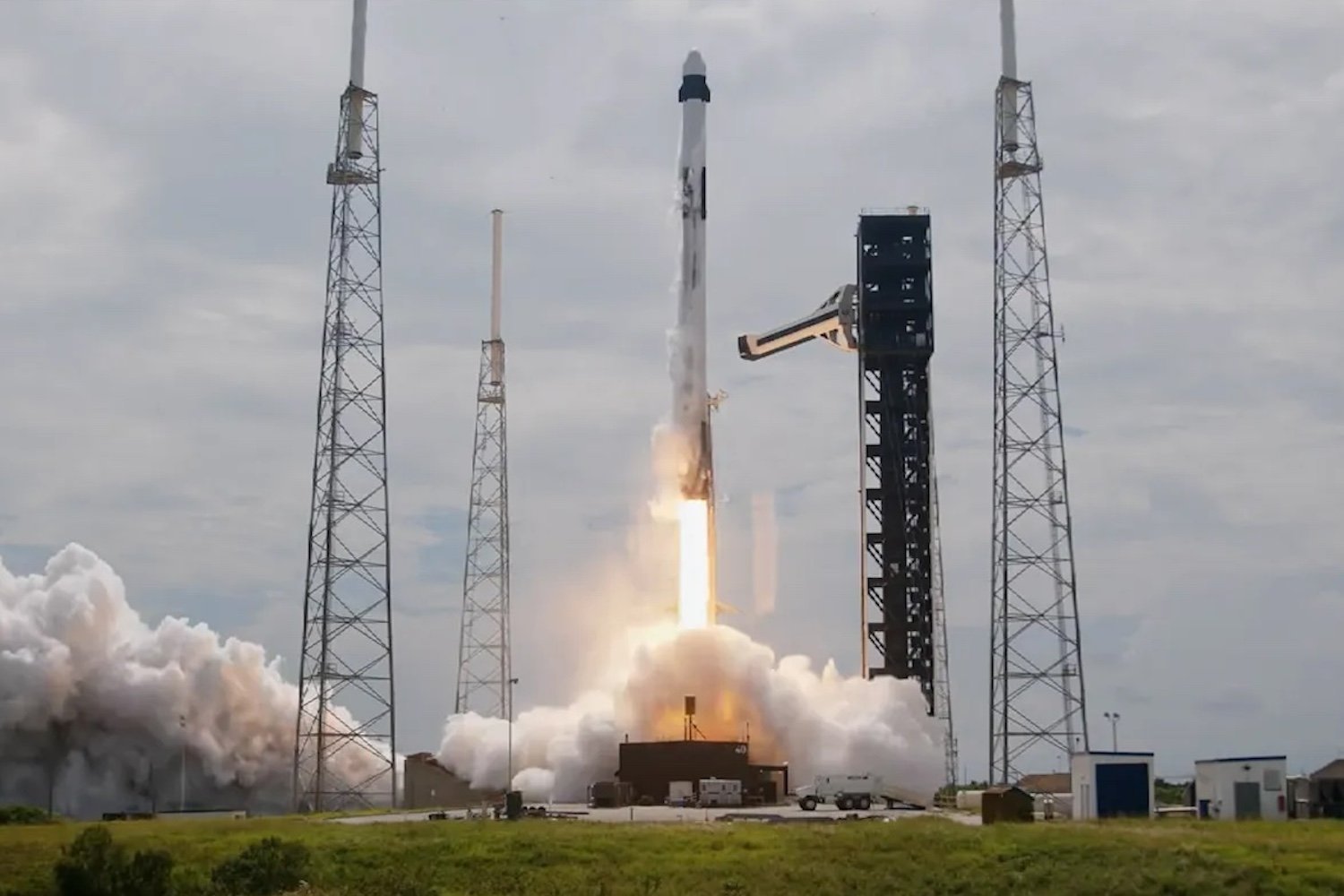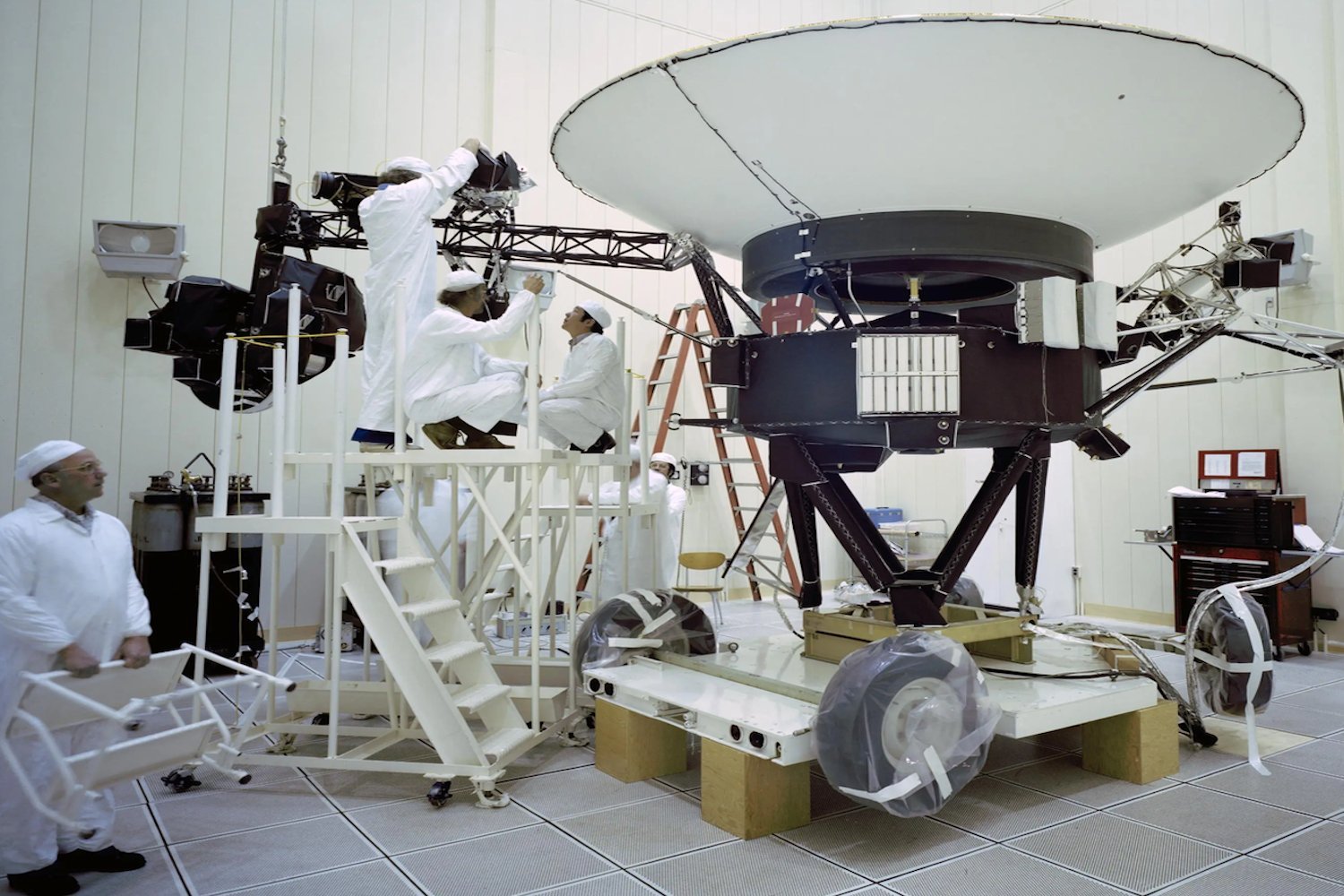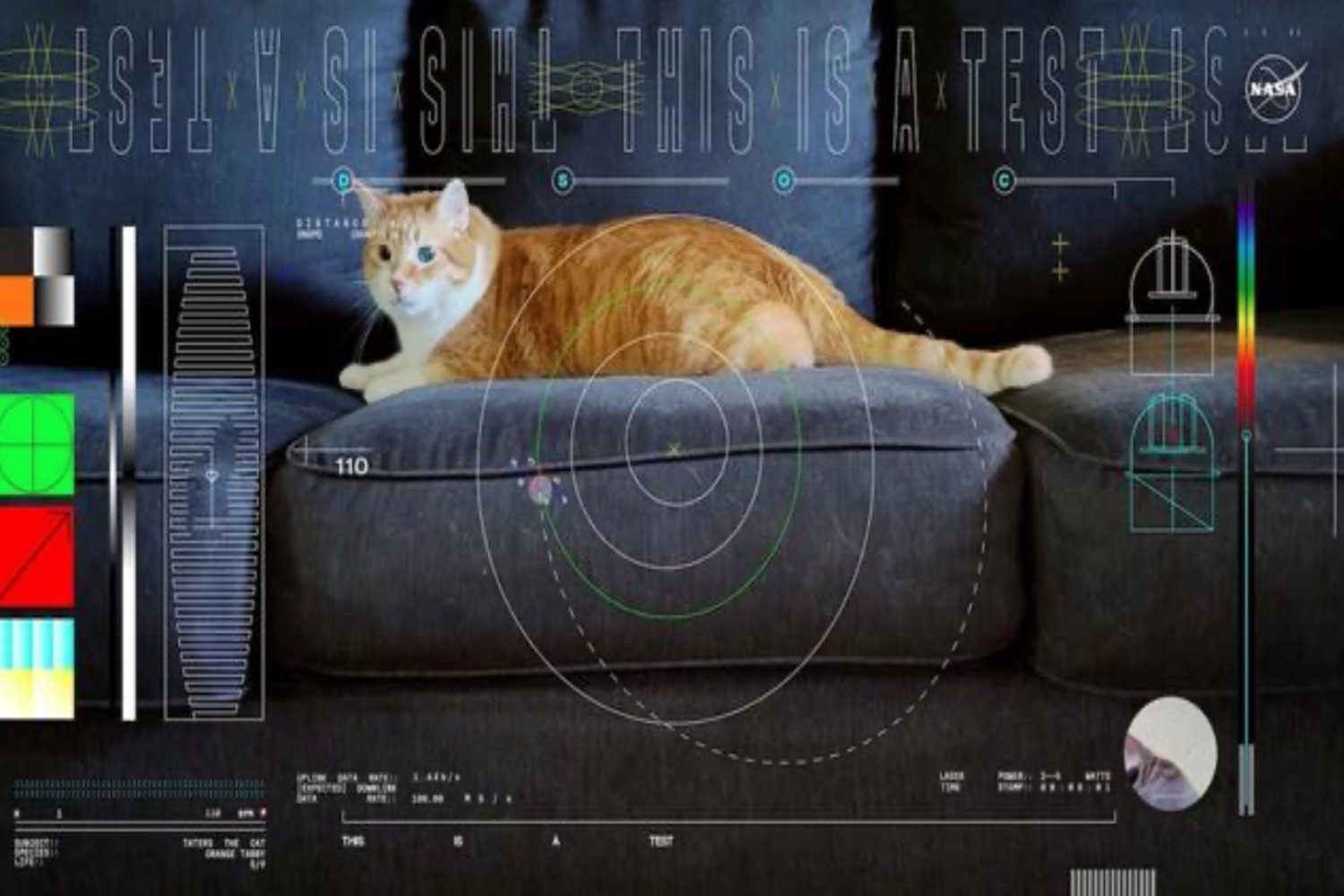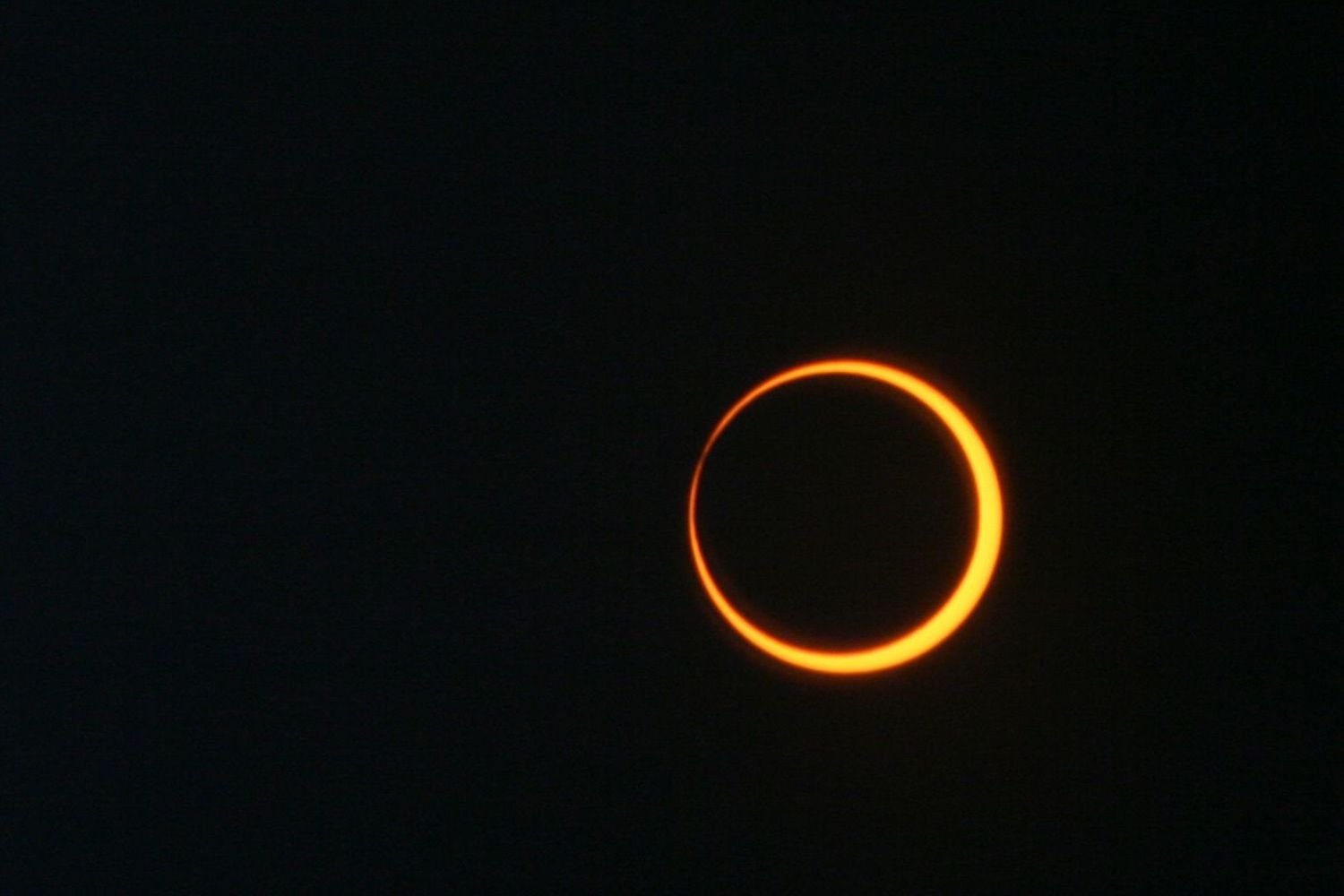The Boeing Starliner saga has been fraught with challenges, but a recently revealed insider account reveals a critical juncture where the situation could have been drastically worse. According to an excerpt from Eric Berger’s book, Reentry: SpaceX, Elon Musk and the Reusable Rockets that Launched a Second Space Age, NASA seriously considered making Boeing its sole provider for astronaut transportation to the International Space Station (ISS).
This decision, made back in 2014 during the initial phase of NASA’s Commercial Crew Program, would have had significant repercussions. Both Boeing and SpaceX were awarded contracts to develop spacecraft for this purpose. Since 2020, SpaceX has successfully transported eight crews to the ISS with its Dragon capsule. Boeing, however, experienced a series of setbacks. A recent mission saw Starliner dock with the ISS, but technical issues, including thruster failures and helium leaks, prevented the crew from returning on the spacecraft.
This outcome underscores the risk NASA would have taken by solely relying on Boeing. However, in 2014, Boeing appeared the more reliable option. SpaceX, under Elon Musk, was a relative newcomer with less of a proven track record. As Berger details, many within NASA favored Boeing and nearly allocated the entire Commercial Crew budget to the company, leaving SpaceX in the dust.
Berger’s book recounts a meeting of senior NASA officials and spaceflight advisors where the majority favored Boeing. Budget constraints were a major factor, and NASA initially planned to contract with only one company. Phil McAlister, head of NASA’s Commercial Crew program, confirmed this, stating, “We really did not have the budget for two companies at the time. No one thought we were going to award two.”
An evaluation board assessed both companies on price, mission suitability, and past performance. SpaceX submitted a lower bid of $2.6 billion compared to Boeing’s $4.2 billion. However, Boeing outscored SpaceX in the other categories. Ironically, Boeing received an “excellent” rating for mission suitability, while SpaceX received a “very good” rating. Similarly, Boeing’s past performance was rated “very high” compared to SpaceX’s “high” rating.
A critical deciding factor was Boeing’s reluctance to conduct an in-flight test of Starliner’s abort system. They offered only a ground test, which raised concerns for NASA’s safety officials. Combined with SpaceX’s lower bid, this ultimately enabled NASA to consider both companies.
According to Berger, the decision was so close that NASA had already drafted a contract solely for Boeing and had to rewrite it to include SpaceX.
The retirement of the Space Shuttle program created the need for a new crew transportation system to the ISS. NASA aimed to reduce its reliance on Russia’s Soyuz spacecraft and fostered partnerships with private companies. Had NASA solely relied on Boeing’s Starliner, the consequences could have been severe. SpaceX’s Dragon capsule has enabled NASA to maintain access to the ISS at a lower cost and reduced dependence on Russia. Boeing, in contrast, has faced significant challenges, impacting its credibility.
The contrasting trajectories of these two companies highlight the dynamic nature of the spaceflight industry. NASA’s decision to foster competition, rather than opt for the seemingly safer choice, has ultimately proven beneficial. Investing solely in Boeing could have placed NASA in a far more precarious position today.



